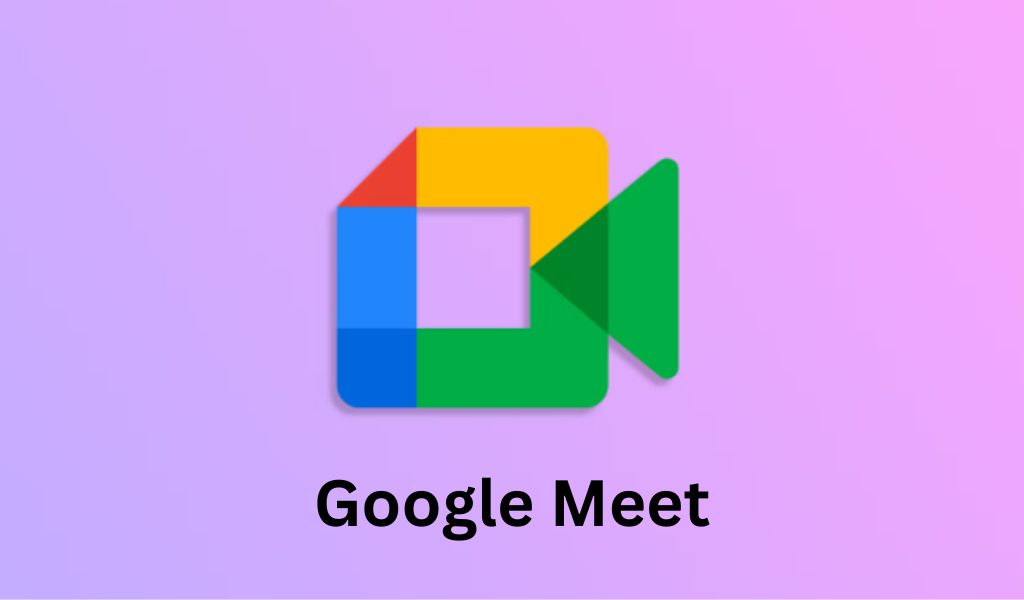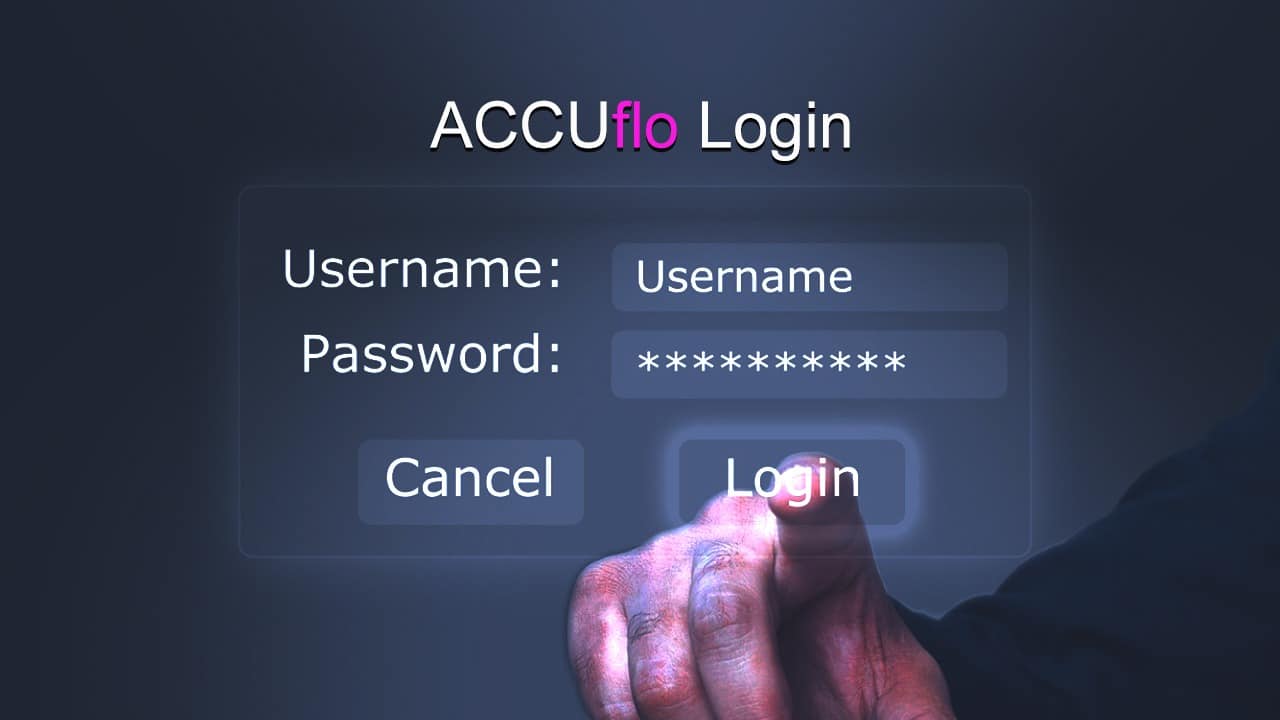Video is now everywhere, and the average internet user now watches videos on Facebook or YouTube at least once per day. Not only that, but communicating via video calls with apps like Apple Facetime, Skype, or Zoom is now also the norm for many businesses and individuals alike.
With how videos are now an inseparable part of many of our day-to-day lives, it’s quite obvious why many businesses today are now looking to invest more in video solutions, and many are now looking for options to build their own video apps and services with the freedom of using their own logo, brand elements, and even add custom features as needed.
Integrating a programmable video API can be a viable solution: providing the versatility and customizability you’d want to create a video solution that is totally your own but without the lengthy and complex development time of building your own solution from scratch.
What Is a Programmable Video API?
API (Application Programming Interface) as the name suggests, is an interface, or a bridge in the form of programming codes that connects two or more applications. In layman’s terms, the API will “teach” an application to understand another application (the one providing the API) so they can access each other’s functionalities.
There are many possible implementations of an API, but in the case of a programmable video API, the API is used to allow an application to get video functionalities from a programmable video application.
It’s crucial to know that a programmable video service might come in two different forms:
- A “white-label” video solution. In this case, a professional software developer develops or licenses a video application solution while incorporating the client’s logo, brand elements, and custom features and functionalities by requests. White-label video conferencing software is an example of these services.
- Integrating a programmable video solution to an existing application or brand new application, so that this application will gain access to video features and functionalities.
Why Programmable Video?
Say your business is looking to have its own video conferencing app, a Zoom-like app with y our own logo and custom features tailored for your organization’s needs.
In this case, the obvious option is to build your own app from scratch, and while this option will technically offer the most freedom, there are also some key issues to consider:
- Budget
Building your own app is expensive. Unless you yourself are an experienced programmer, most likely you’ll need to either hire an experienced software developer with enough experience in building video-related applications or outsource the project to a software development firm. Both are potentially expensive, and the cost might not be justified if you are not planning to use the app commercially.
2. Data security
Depending on your video app’s functionalities, the transmission of confidential, sensitive, and/or regulated data is possible, so you’ll have to take cybersecurity and especially data security into consideration. Investing in your own cybersecurity infrastructure will translate into additional costs, and not to mention it can be very difficult to implement. You might need to hire another data security specialist to help you with this issue.
3. Longer development time
Even if you do have the budget, building your own solution from scratch will mean a significantly longer time to launch the solution. Also, if you are in a heavily regulated industry (HIPAA, GDPR), it can take even longer to build and test the video app to ensure it stays in compliance with the applicable regulations.
With that being said, integrating a programmable video API can help you tackle the above issues.
Key Considerations When Choosing a Programmable Video Solution
Different vendors offering programmable video services might offer different quality of services, sets of features, and overall functionalities.
If you’ve decided to invest in a programmable video solution for your business, it’s important to choose the right vendor according to your needs and objectives.
Here are some key considerations you should have when choosing a programmable video solution:
1. Features offered
Pretty self-explanatory, while most programmable video APIs and solutions offer fairly similar basic features, they might offer unique features not available anywhere else.
Identify your needs and requirements, and assess which features are crucial for your purposes, which are nice to have, and which are not very important. As a general rule of thumb, choose the most affordable solution that offers the critical features you need.
2. Ease of use
It’s important to find the right balance between richness in features and ease of use. If the programmable video solution offers too many features that are too complex to use, it will be more difficult to train employees and other users to use the solution. Also, you might not be able to make the most of the solution if it’s too difficult to use all the features.
3. Flexibility
The main reason you’d want a programmable video solution is customizability and freedom, or else you’ll simply stick with an off-the-shelf solution like Zoom or Skype. Assess how much freedom and flexibility you’ll get from the programmable video API, and if you are planning to scale your business, also look for a solution that can follow your growth. Make sure it’s easy enough to customize the app for branding changes and to add/subtract features according to your needs.
4. Reliability
Pretty self-explanatory, you’d want a solution that is consistently reliable and wouldn’t produce errors, connectivity issues, crashes, frozen screens, stutters, and so on. Also, make sure the programmable video vendor has followed the required data security best practices and has the adequate security infrastructure to protect your confidential data.
Closing Thoughts
Integrating a programmable video API into your application offers a more cost-effective solution for your business to have your own video conferencing and live streaming solution. By eliminating the complex and lengthy development time you’ll otherwise have when building your solution from scratch, you’ll also save more money and resources in the process.
Apart from this, you can also read entertainment and Tech articles here: NBA Stream XYZ, CCleaner Browser review, Avocado Calories, Bear Grylls net worth, Rihanna net worth 2021, Dry white wine, Highest Paid CEO, The 100 season 8, Sundar Pichai net worth, Legacies Season 2, Grimes net worth, Oscar Isaac height, Arnab Goswami Salary, Bhushan Kumar net worth, Prabhas wife name, Konosub season 3, Good Omens season 2, F95Zone, how to change MSI keyboard color, Microsoft Office Suite, how to block subreddits, How to Share Netflix Account, how to change Twitch name, The Last Airbender 2, Sherlock Season 5, Homeland cast, Now you see me, Love Alarm season 2, Young Justice season 4, Shield Hero season 2, Salvation season 3, the feed season 2, Taboo season 2, Jack Ryan season 3.









































